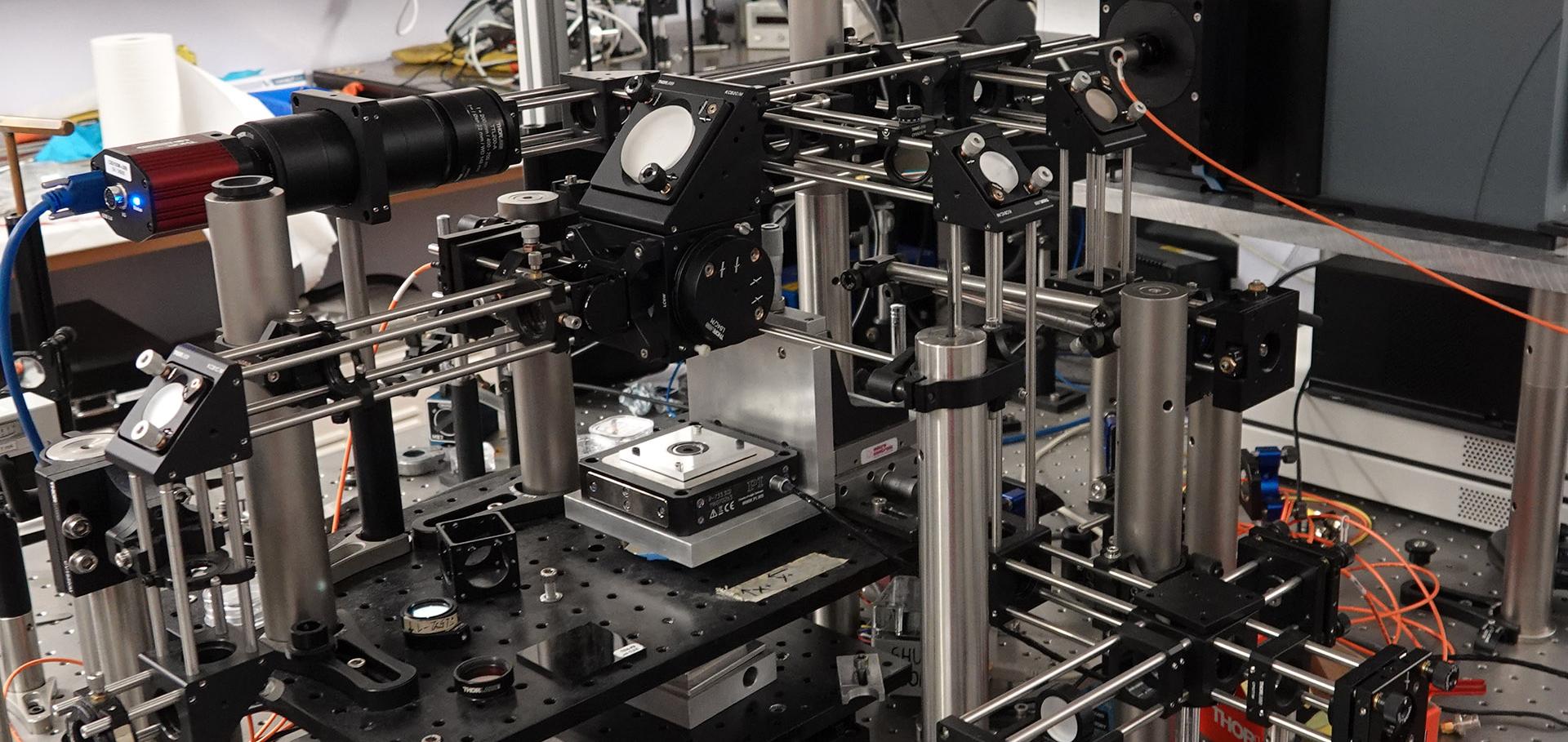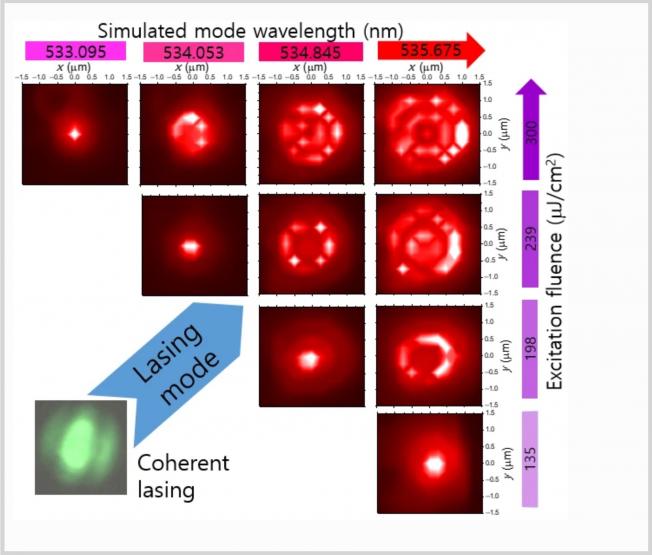Optical studies of non-linear absorption in single InGaN/GaN quantum dots
AIP CONF PROC 893 (2007) 953-954
Abstract:
Nficro-photoluminescence properties of single InGaN/GaN quantum dots (QDs) are investigated using sub-bandgap excitation by 1 ps pulses from a Ti:sapphire laser. This results in almost complete suppression of background emission arising from the underlying quantum well to which the QDs are coupled. Photoluminescence excitation spectra undertaken using this technique show evidence of p-states. The non-linear intensity dependence of the emission is also discussed.Photoluminescence properties of a single GaN nanorod with GaN/AlGaN multilayer quantum disks
APPLIED PHYSICS LETTERS 90:10 (2007) ARTN 101901
Progress in the optical studies of single InGaN/GaN quantum dots
PHILOSOPHICAL MAGAZINE 87:13 (2007) 2077-2093
Roughness analysis of GaN surfaces at different annealing temperatures for an AlN buffer layer
JOURNAL OF THE KOREAN PHYSICAL SOCIETY 51:1 (2007) 209-213
Two-Photon Excitation of Asymmetric GaN/AlGaN Quantum Discs
AIP Conference Proceedings AIP 893 (2007) 981-982



